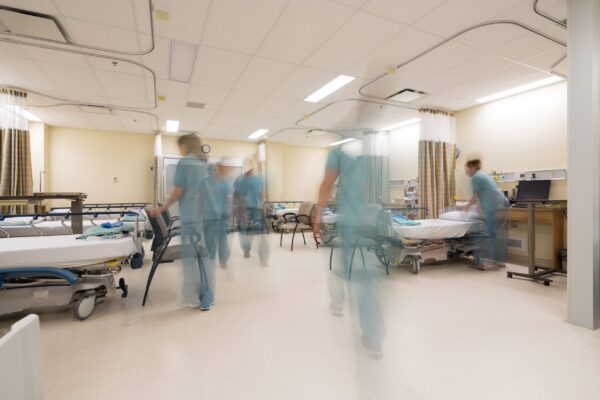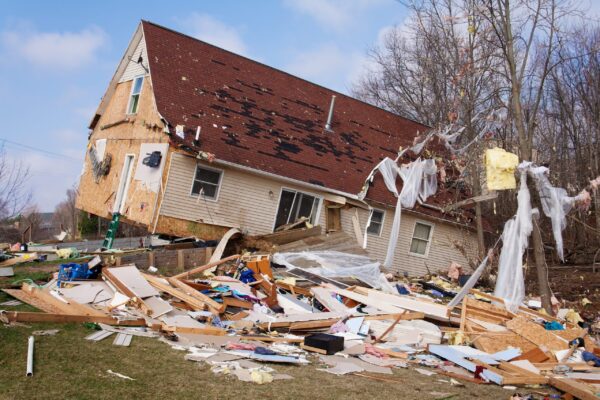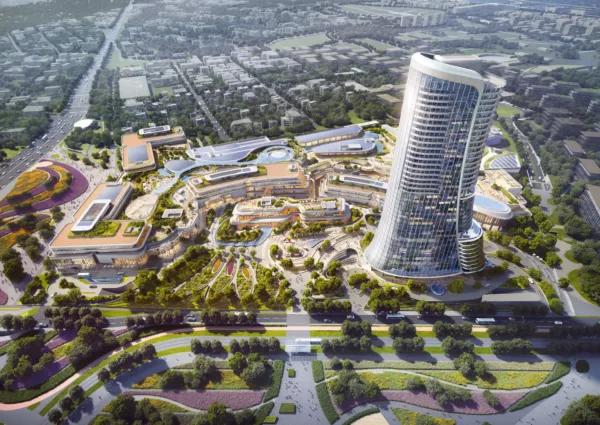

Hill International QHSE Manager Alev Saygi serves in a unique role at the Nur-Sultan Grand Mosque construction site. Namely, she is responsible for providing leadership in the development and implementation of project Quality and Health, Safety, and Environment (QHSE) programs including quality assurance, inspection and compliance monitoring, risk assessment, and mitigation, building awareness for developing positive safety culture throughout the project. To achieve this, Alev draws on her experience in QHSE management for complex construction projects, including exhibition centers, conference halls, bridges, university campuses, operational buildings, and high-rise towers.
What project are you working on at present?
Nur-Sultan Grand Mosque, which will be one of the largest mosques in Asia with an enclosed area of more than 68,000 SM and an open courtyard of 6,300 SM is my second project with Hill International in Kazakhstan. The first was Expo-2017, where I was involved in the construction process of exhibition and cultural pavilions, residential developments, shopping areas, educational and civic facilities, and parks as HSE Manager responsible for all aspects of safety, health, and environment.
Tell us about your role on the project.
My role at Nur-Sultan Grand Mosque construction site combines my experience in quality management and HSE management. I’m responsible for overseeing all QHSE aspects of the project and providing technical advice on best practices in line with contract, client expectations, and legal requirements.
Quality is a significant part of my job but still goes together with safety, which is the overriding priority for me. All activities on site must be carried out in a safe manner but with a focus on project quality standards. Because the risks that may arise where safety is not fully coordinated, this increases the probability the project will not be realized in accordance with the program and quality elements determined by the client.
It’s vital to identify quality and safety requirements at the planning stage rather than during construction. Because having robust quality and HSE programs during construction is key to delivering a project within the limits of quality, cost, and time while mitigating risks.
What I learned during my career is that achieving quality and safety excellence require teamwork, combined effort, and engagement. Being QHSE lead requires strong communication, management, and technical skills. You have to coach and mentor your team members, employees, and all involved parties to inspire and influence them to make positive change to promote quality and safety in the workplace.
Are there any specific safety and quality challenges to working in Kazakhstan?
There are a lot of challenges in construction, especially when you work in Kazakhstan. Harsh climate conditions in the wintertime are one of the major challenges in Nur-Sultan. Temperatures here remain at the sub-zero level for more than half of the year. Heavy snowfalls cover the entire site and access roads, and temperatures reach -30/-35 degrees C (what is this in Fahrenheit) accompanied by strong winds. Obvious this poses safety as well as quality risks.
Despite the severe weather conditions, construction never stops in the city and our client’s expectation is to ensure continuity of construction activities during winter. For example, we had to proceed with constructing many challenging structures of the Nur-Sultan Grand Mosque, like minarets that rise to about 130 meters and structural steel installation and metal cladding works of the main 83-meter-tall dome. Maintaining a safe work environment and construction quality when most of activities require working at height in a harsh climate is very challenging and requires serious precautions like planning works according to the weather forecast and making special arrangements to avoid quality problems, such as using concrete heating cables and preheating structural steel elements.
What do you enjoy about your work?
The thing I like the most about my role as QHSE Manager is the unique challenges that each project brings. When you are working on site you can’t get bored. The site is constantly changing due to its dynamic nature, and every day you face new and different challenges that require collaboration and problem solving. As QHSE Manager you have to be a trusted asset for your team and provide the best technical guidance for solving issues.
It’s really exciting to see how the site changes from day to day. I’m passionate about my role and I love to be a part of such a dynamic environment, and I embrace facing challenges—because every challenge is a learning opportunity to maintain and extend my knowledge on international and local quality, health, safety, and environmental standards and the application of industrial best practices. Learning is a never-ending journey.
Working on a construction site is very challenging but rewards you with big satisfaction when you get to completion. Knowing that nobody was harmed during construction and that you played a role in the safely and timely completion of the project while meeting client expectations and the desired quality makes you proud of your work.
How do you think other women can be involved?
For me there is no difference between women or men in the business world. Gender is not a barrier to being successful in the construction industry because success depends on your love and passion for your job and how you own it.
Share
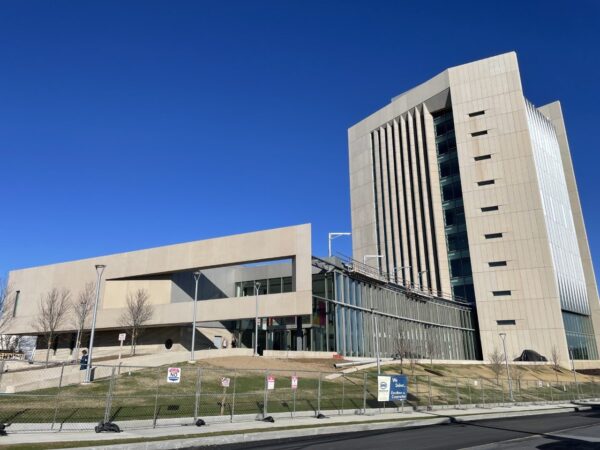
April 11, 2024 | Articles
A Model Move: Managing Move-In at the Sylvia H. Rambo U.S. Courthouse
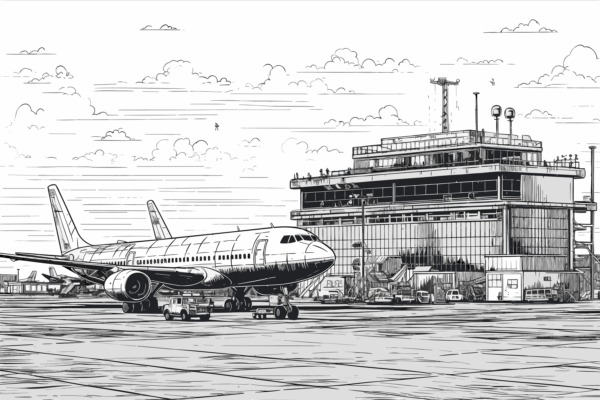
April 8, 2024 | Articles

April 4, 2024 | Articles
Driving Growth and Seizing Opportunity: Lukasz Marcinkiewicz Joins Hill as Country Manager, Poland
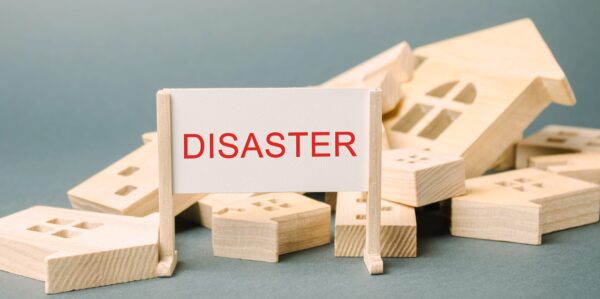
April 1, 2024 | Articles
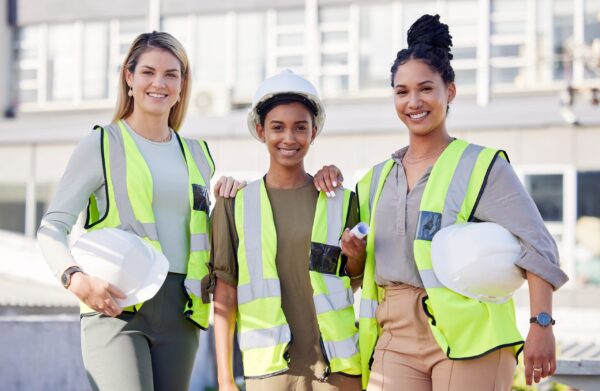
March 27, 2024 | Articles
Building the Future: Women’s Leadership and Community Engagement in the Construction Industry

March 25, 2024 | Articles
Leveraging Data Analytics and Dashboards for Enhanced Project Performance
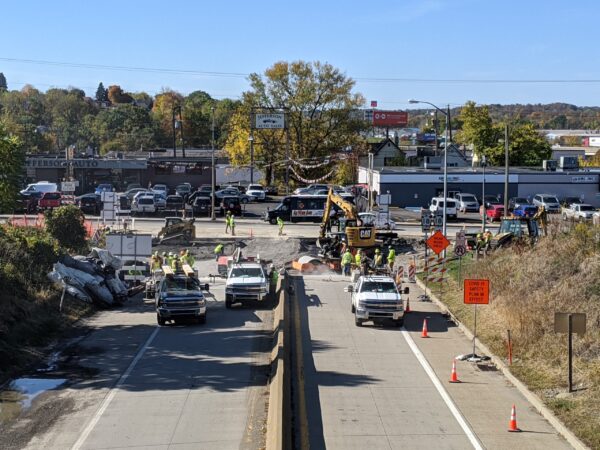
February 26, 2024 | Articles
Continuity, Creativity, and Collaboration: Delivering PennDOT’s Route 18 Signal Upgrade
We and use cookies and other tracking technologies to improve your experience on our website. We may store and/or access information on a device and process personal data, such as your IP address and browsing data, for personalised advertising and content, advertising and content measurement, audience research and services development. Additionally, we may utilize precise geolocation data and identification through device scanning.
Please note that your consent will be valid across all our subdomains. You can change or withdraw your consent at any time by clicking the “Consent Preferences” button at the bottom of your screen. We respect your choices and are committed to providing you with a transparent and secure browsing experience.
| Cookie | Duration | Description |
|---|---|---|
| cookielawinfo-checbox-analytics | 11 months | This cookie is set by GDPR Cookie Consent plugin. The cookie is used to store the user consent for the cookies in the category "Analytics". |
| cookielawinfo-checbox-functional | 11 months | The cookie is set by GDPR cookie consent to record the user consent for the cookies in the category "Functional". |
| cookielawinfo-checbox-others | 11 months | This cookie is set by GDPR Cookie Consent plugin. The cookie is used to store the user consent for the cookies in the category "Other. |
| cookielawinfo-checkbox-necessary | 11 months | This cookie is set by GDPR Cookie Consent plugin. The cookies is used to store the user consent for the cookies in the category "Necessary". |
| cookielawinfo-checkbox-performance | 11 months | This cookie is set by GDPR Cookie Consent plugin. The cookie is used to store the user consent for the cookies in the category "Performance". |
| viewed_cookie_policy | 11 months | The cookie is set by the GDPR Cookie Consent plugin and is used to store whether or not user has consented to the use of cookies. It does not store any personal data. |

